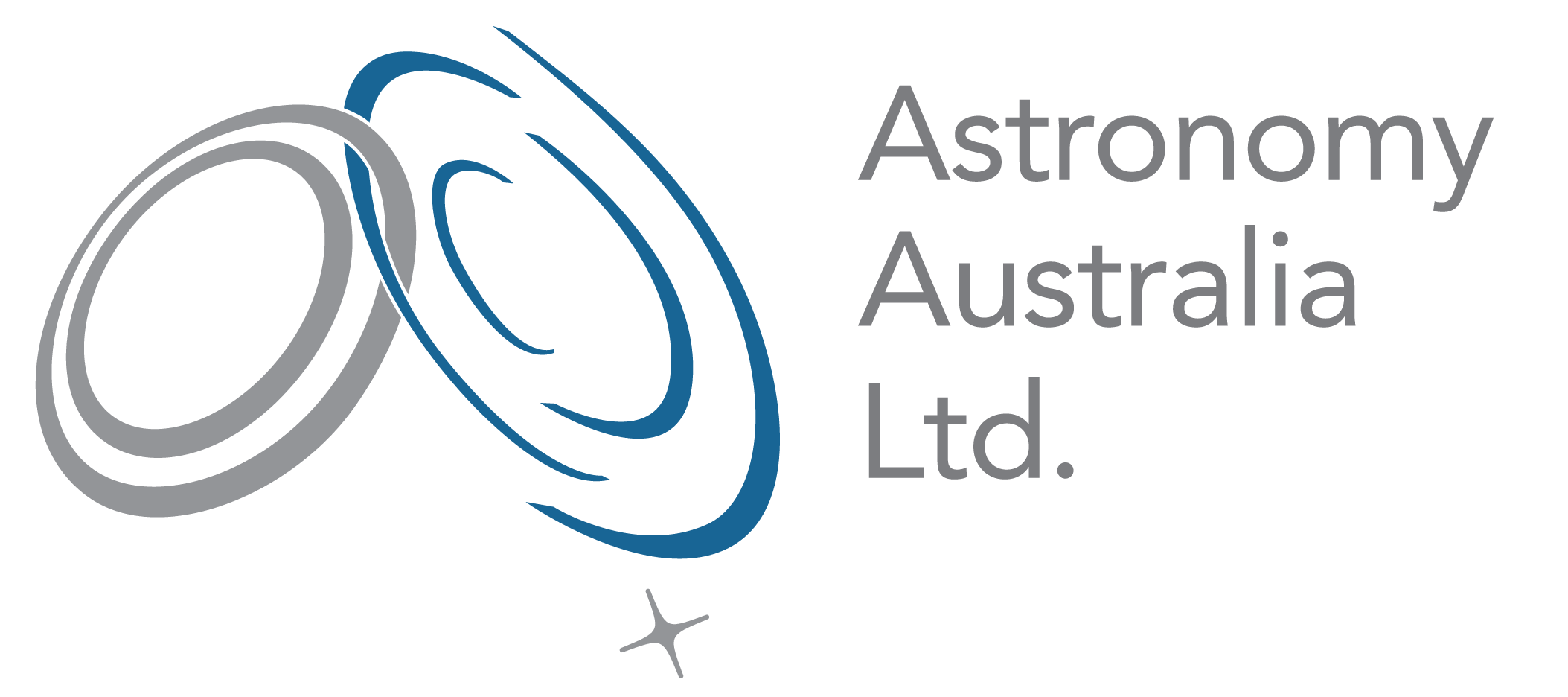#element-5d7195e1-1f9e-48f9-ae42-343ba5a52036 .colored-box-content {
clear: both;
float: left;
width: 100%;
-moz-box-sizing: border-box;
-webkit-box-sizing: border-box;
-ms-box-sizing: border-box;
box-sizing: border-box;
background-color: #3f3f3f;
padding-top: 0px;
padding-bottom: 5px;
padding-left: 15px;
padding-right: 5px;
-webkit-border-top-left-radius: 0px;
-moz-border-top-left-radius: 0px;
border-top-left-radius: 0px;
-webkit-border-top-right-radius: 0px;
-moz-border-top-right-radius: 0px;
border-top-right-radius: 0px;
-webkit-border-bottom-left-radius: 0px;
-moz-border-bottom-left-radius: 0px;
border-bottom-left-radius: 0px;
-webkit-border-bottom-right-radius: 0px;
-moz-border-bottom-right-radius: 0px;
border-bottom-right-radius: 0px;
}
function setupElement497975386739747327() {
var requireFunc = window.platformElementRequire || window.require;
// Relies on a global require, specific to platform elements
requireFunc([
‘w-global’,
‘underscore’,
‘jquery’,
‘backbone’,
‘util/platform/elements/PlatformElement’,
‘util/platform/elements/PlatformElementSettings’
], function(
_W,
_,
$,
Backbone,
PlatformElement,
PlatformElementSettings
) {
var dependencies = null || [];
var platform_element_id = “848857247979793891-1.0.1”;
if (typeof _W.loadedPlatformDependencies === ‘undefined’) {
_W.loadedPlatformDependencies = [];
}
if (typeof _W.platformElements === ‘undefined’) {
_W.platformElements = [];
}
if (typeof _W.platformElements[platform_element_id] === ‘undefined’) {
_W.platformElements[platform_element_id] = {};
_W.platformElements[platform_element_id].deferredObject = new $.Deferred();
_W.platformElements[platform_element_id].deferredPromise = _W.platformElements[platform_element_id].deferredObject.promise();
}
if(_.intersection(_W.loadedPlatformDependencies, dependencies).length !== dependencies.length){
_.reduce(dependencies, function(promise, nextScript){
_W.loadedPlatformDependencies.push(nextScript);
return promise.then(function(){
return $.getScript(nextScript);
});
}, $().promise()).then(function(){
_W.platformElements[platform_element_id].deferredObject.resolve();
});
}
if (dependencies.length === 0){
_W.platformElements[platform_element_id].deferredObject.resolve();
}
_W.platformElements[platform_element_id].deferredPromise.done(function(){
var _ElementDefinition = /**
* This is required for element rendering to be possible
* @type {PlatformElement}
*/
(function() {
var ColoredBox = PlatformElement.extend({
initialize: function() {
}
});
return ColoredBox;
})();
if (typeof _ElementDefinition == ‘undefined’ || typeof _ElementDefinition == ‘null’) {
var _ElementDefinition = PlatformElement.extend({});
}
var _Element = _ElementDefinition.extend({
initialize: function() {
// we still want to call the initialize function defined by the developer
// however, we don’t want to call it until placeholders have been replaced
this.placeholderInterval = setInterval(function() {
// so use setInterval to check for placeholders.
if (this.$(‘.platform-element-child-placeholder’).length == 0) {
clearInterval(this.placeholderInterval);
this.constructor.__super__.initialize.apply(this);
}
}.bind(this), 100);
}
});
_Element.prototype.settings = new PlatformElementSettings({“bottom_padding_each”:[{“bottom_padding_index”:0},{“bottom_padding_index”:1},{“bottom_padding_index”:2},{“bottom_padding_index”:3},{“bottom_padding_index”:4}],”left_padding_each”:[{“left_padding_index”:0},{“left_padding_index”:1},{“left_padding_index”:2},{“left_padding_index”:3},{“left_padding_index”:4},{“left_padding_index”:5},{“left_padding_index”:6},{“left_padding_index”:7},{“left_padding_index”:8},{“left_padding_index”:9},{“left_padding_index”:10},{“left_padding_index”:11},{“left_padding_index”:12},{“left_padding_index”:13},{“left_padding_index”:14}],”right_padding_each”:[{“right_padding_index”:0},{“right_padding_index”:1},{“right_padding_index”:2},{“right_padding_index”:3},{“right_padding_index”:4}],”background_color”:”#3f3f3f”,”opacity”:100,”top_left_radius”:0,”top_right_radius”:0,”bottom_left_radius”:0,”bottom_right_radius”:0,”top_padding”:0,”bottom_padding”:5,”left_padding”:15,”right_padding”:5});
_Element.prototype.settings.page_element_id = “497975386739747327”;
_Element.prototype.element_id = “5d7195e1-1f9e-48f9-ae42-343ba5a52036”;
_Element.prototype.user_id = “48250739”;
_Element.prototype.site_id = “253744721533258807”;
_Element.prototype.assets_path = “//marketplace.editmysite.com/uploads/b/marketplace-elements-848857247979793891-1.0.1/assets/”;
new _Element({
el: ‘#element-5d7195e1-1f9e-48f9-ae42-343ba5a52036’
});
});
});
}
if (typeof document.documentElement.appReady == ‘undefined’) {
document.documentElement.appReady = 0;
}
if (document.documentElement.appReady || (window.inEditor && window.inEditor())) {
setupElement497975386739747327();
} else if (document.createEvent && document.addEventListener) {
document.addEventListener(‘appReady’, setupElement497975386739747327, false);
} else {
document.documentElement.attachEvent(‘onpropertychange’, function(event){
if (event.propertyName == ‘appReady’) {
setupElement497975386739747327();
}
});
}
|
(function(jQuery) { |
NEWS |
|
AAL is supported by the National Collaborative Research Infrastucture Strategy (NCRIS), which is an Australian Government program to deliver world class research facilities so that Australian researchers can solve complex problems both here in Australia and around the globe. NCRIS is an efficient and strategic way to invest in national scale research infrastructure, driving collaboration to bring economic, environmental, health and social benefits for Australia.
|
